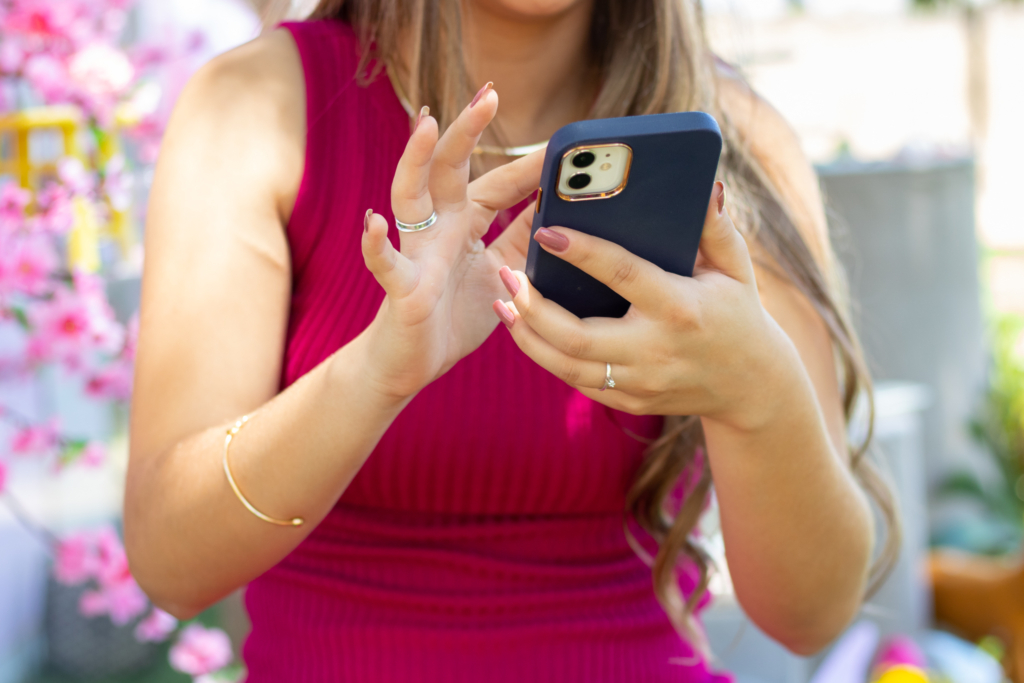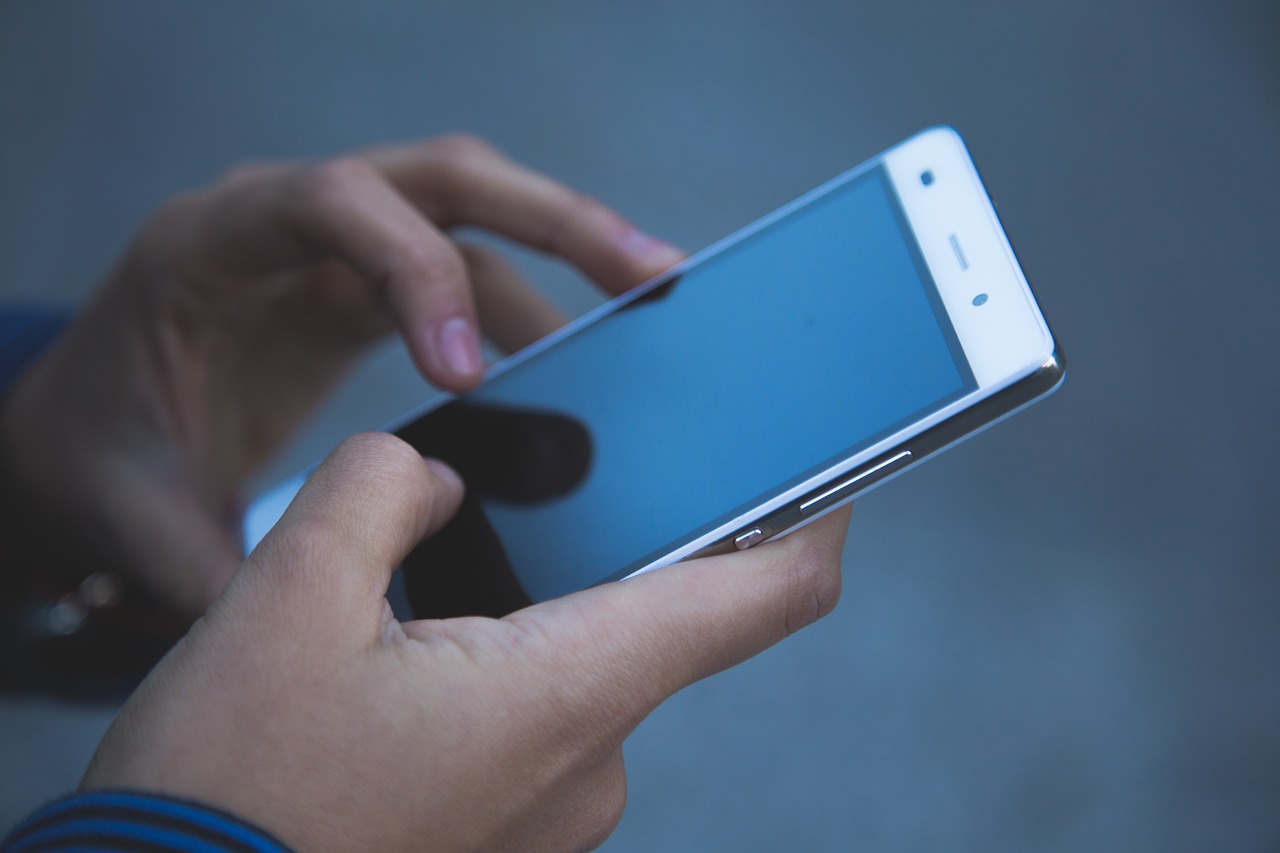Recording your iPhone screen is a practical and accessible feature, widely used by Apple users for various purposes, such as creating tutorials, capturing important moments or even saving conversations.
Since the release of iOS 11, Apple has incorporated this tool natively into the operating system, eliminating the need to download third-party applications. This feature is available on all iPhone models, such as X, 11, 12, 13, 14 and 15, and even allows you to record audio, either from the device itself or from an external microphone.

How to Enable Screen Recording on iPhone
Screen recording on an iPhone is simple and intuitive. The first step is to access the “Settings” app, where all of the device’s settings are centralized. On the main “Settings” screen, find and tap “Control Center”. This section allows you to customize the features that can be quickly accessed by the user.
Inside “Control Center,” you’ll find a list of tools. Scroll down to the “More Controls” section and look for “Screen Recording.”
Once you’ve located the option, tap the green “+” icon. This will add the feature to Control Center and make it available for immediate use. If Screen Recording is already listed under Included Controls, you don’t need to repeat this process.
Starting screen recording
With the feature enabled in the “Control Center”, you are just a few steps away from starting the screen recording. To do so, swipe down from the top of the iPhone screen, starting in the top right corner. This will open the “Control Center”, where you will see the “Screen Recording” icon, represented by two concentric circles.
Tapping this icon will start a three-second countdown, allowing you to prepare before the capture begins. Once recording begins, the icon will change color, indicating that the process is in progress. During this time, everything that appears on your iPhone screen will be captured, including notifications, messages, and apps in use.
Stopping recording and editing the video
Ending a screen recording is as easy as starting it. To stop, simply tap the red clock in the top left corner of the screen.
A confirmation notification will appear, asking you to tap “Stop” to end the recording. On newer iPhone models, such as those with Dynamic Island, the end process can also be done directly from this interactive area.
After you finish capturing, the recorded video is automatically saved in the “Photos” app. Within the app, you can make quick edits to the video. To do this, open the recorded file and tap “Edit” in the top right corner of the screen.
Editing tools let you trim parts of your video, add filters, or adjust exposure. When your edits are complete, just tap “OK” to save your changes.
See more here:
- App Store: Third-Party App Installation Comes to iPhone
- iPhone 16 Pro Promises to Revolutionize with 2 TB of Storage – Find Out How!
- The Surprising Journey of Transitioning from iPhone to Android
Recording the screen with external audio
In addition to recording just the screen and internal audio of your iPhone, you can add sound captured by a microphone, which is particularly useful for creating tutorials or narrations. To activate this function, open the “Control Center” again and press the “Screen Recording” icon for a few seconds.
A menu will appear, allowing you to enable your microphone. When the microphone is enabled, the icon will turn red and the screen recording will include the audio captured by your device.
Videos captured by screen recording are automatically stored in the Photos app. This makes it easy to access and manage your files, and you can edit, share, or send your recorded video directly from the app.
Plus, videos are synced to iCloud, ensuring you have a backup of your files accessible from any Apple device.
iPhone Recording Restrictions
Although the screen recording feature is quite versatile, it does have some limitations. One of the main limitations is related to streaming apps, such as Netflix, HBO Max, and Amazon Prime Video.
These platforms block the recording of displayed content, preventing users from capturing copyrighted videos. This measure is a way to combat piracy, ensuring that the content offered by these platforms is consumed legally and safely.
Recording your iPhone screen is an essential feature for anyone who wants to capture and share important moments or create personalized content.
With the feature integrated into the iOS system, the process becomes simple, fast and accessible to all users. The possibility of adding external audio and the integrated editing tools make the experience even more complete, allowing the user to produce quality videos directly from their mobile device.



